Taking brands personally
Brand passions can run deep, a guiding credo of contemporary marketing that’s really as old as the history of the discipline. One of the best-known examples of just how personally consumers may take brands was the unprecedented backlash provoked by Coca Cola’s reformulation of its flagship to match the sweeter flavor profile of Pepsi. Consumer outcry, even among some who might actually have preferred the taste of New Coke, was akin to a political uprising. People felt a sense of betrayal.
As a research novice dispatched to the customer hotline in Atlanta, I heard anguished callers literally weep while describing the role Coke had played in their lives and the genuine grief created by its removal. It was a lesson I never forgot. Just as brand affiliation helps anchor life experiences, the loss of treasured brands can untether us ‒ especially in moments when we already feel personally vulnerable for other reasons.

It turns out that devotion to brands as an idea may help sustain cultural stability in a society under extreme duress.
Brand faith and cultural resilience
We are clearly in a time of crisis like no other in modern history. The scale and gravity of the threat to cultural wellness seem unprecedented. Some of the new behaviors required – particularly separation from others – present challenges not just to our society but even to our evolutionary biology.
Like individuals confronting adverse life circumstances, cultures facing cataclysmic disruption display varying degrees of resilience. Ethnographers describe cultural resilience in terms of a society’s ability to withstand significant deprivation or challenge, like wars and famine, and to adapt effectively to changing circumstances. Factors that have been shown to make cultures more resilient include faith-based institutions, family ties, and strong traditions.
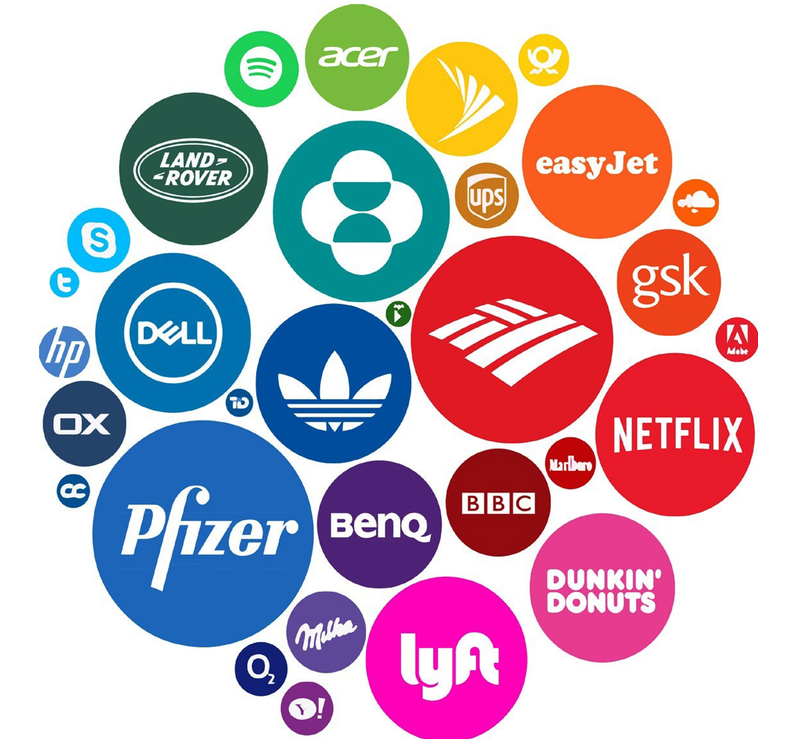
Brands are part of the shared system of semiotics binding us together as a culture – and that makes brand resilience a driver of cultural resilience. How brands talk to us will influence their destiny… and potentially ours.
For us today, the internet and the power of “virtuality” are proving to be life-lines. There are a host of other factors helping to sustain us ‒ cultures are complex, adaptive organisms ‒ but one key resilience factor we might not necessarily have anticipated is our relationship with brands. Familiar, trusted brands have an extraordinary power to project stability and competence amid chaos ‒ especially when government is not thought to be operating in fully effective ways. In that sense, the role of brands in this environment elevates our calling as marketers.
Brands are shoulder-to-shoulder with us ‒ clearly not invincible but still a source of endurance and strength. Their continuing signals reassure us that even when so much seems desperately wrong with the world, things can still be made right, for instance…
A RECENT SURVEY of 500 US consumers conducted by NAXION to monitor these issues provides some insight into the cultural role that brand communications may play in the struggle to achieve a (new) normalcy.*


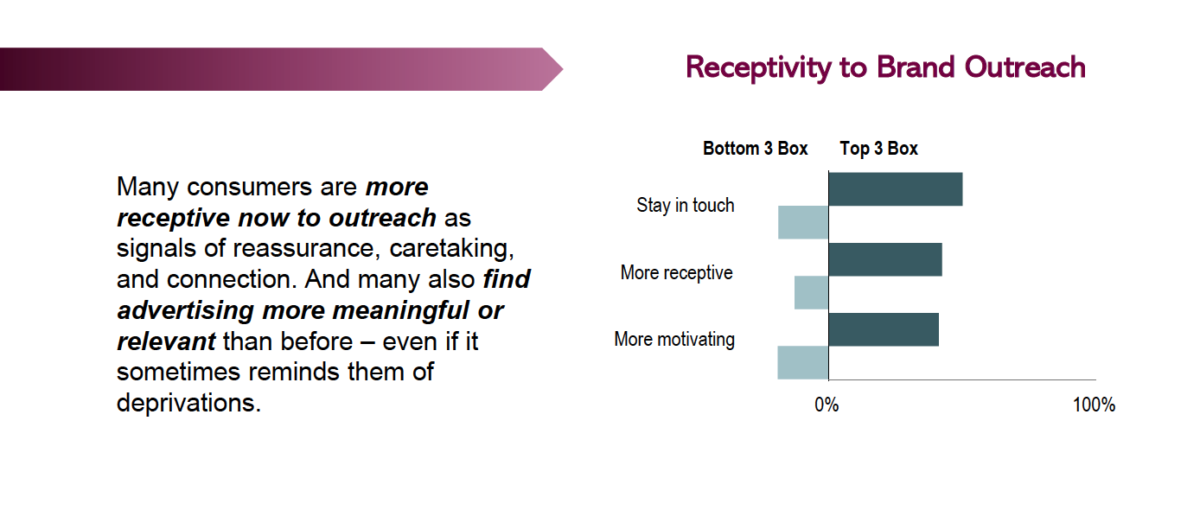
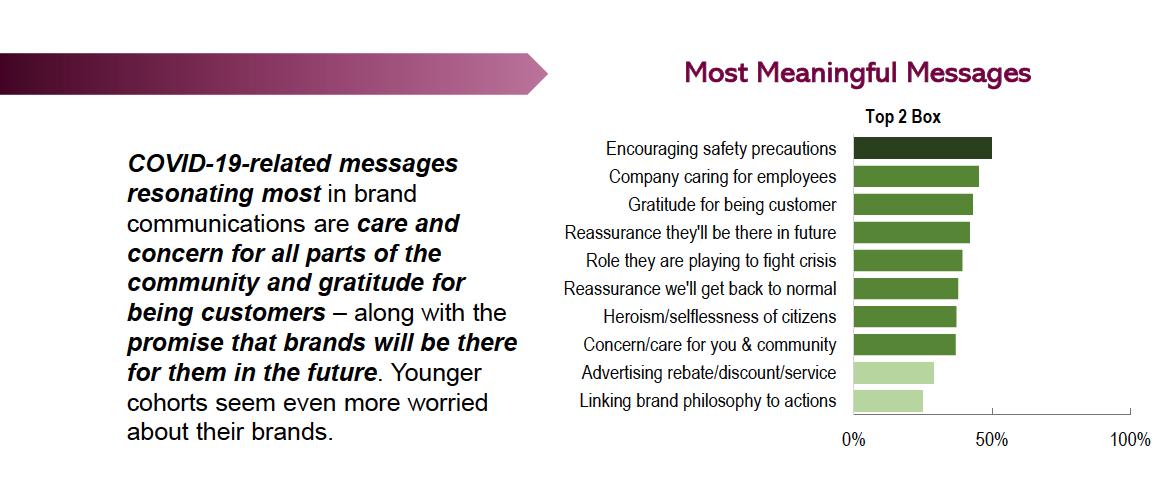
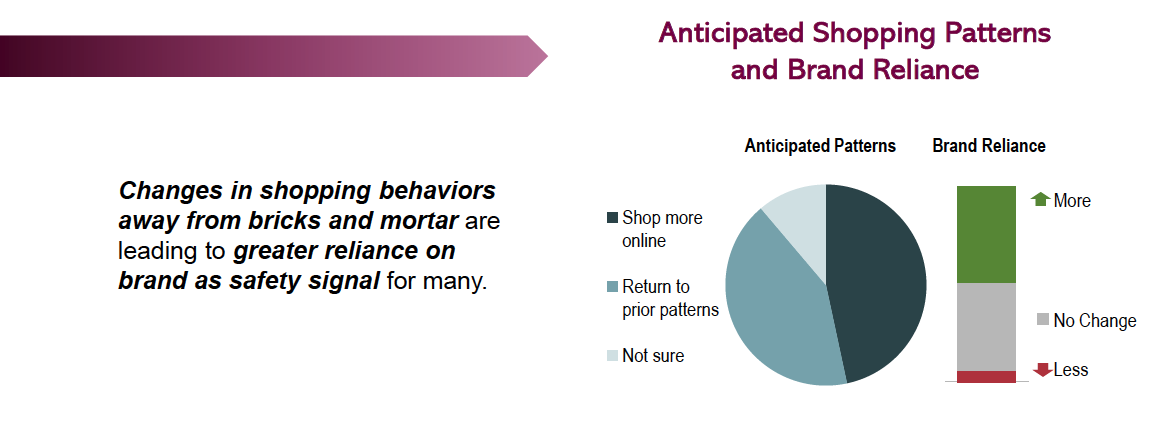
* Our survey was conducted in April 2020.
Observing the ‘Brand-Faithful’
In this same survey, we identified a psychographic segment we call the Brand- Faithful who express greater reliance on trusted brands to contribute important context for their lives, and for whom the very concept of brand is an article of faith. These consumers have no distinct demographic profile. What unifies them is a tendency to connect more deeply with brands and remain loyal once trust is gained. They are psychologically primed to engage with brands because brands help to make them feel connected and adaptive – which may be why they seem a little more interested in hearing from brands the pledge to “be there” in the future. That’s a new twist on brand promise: the promise of permanence and stability.
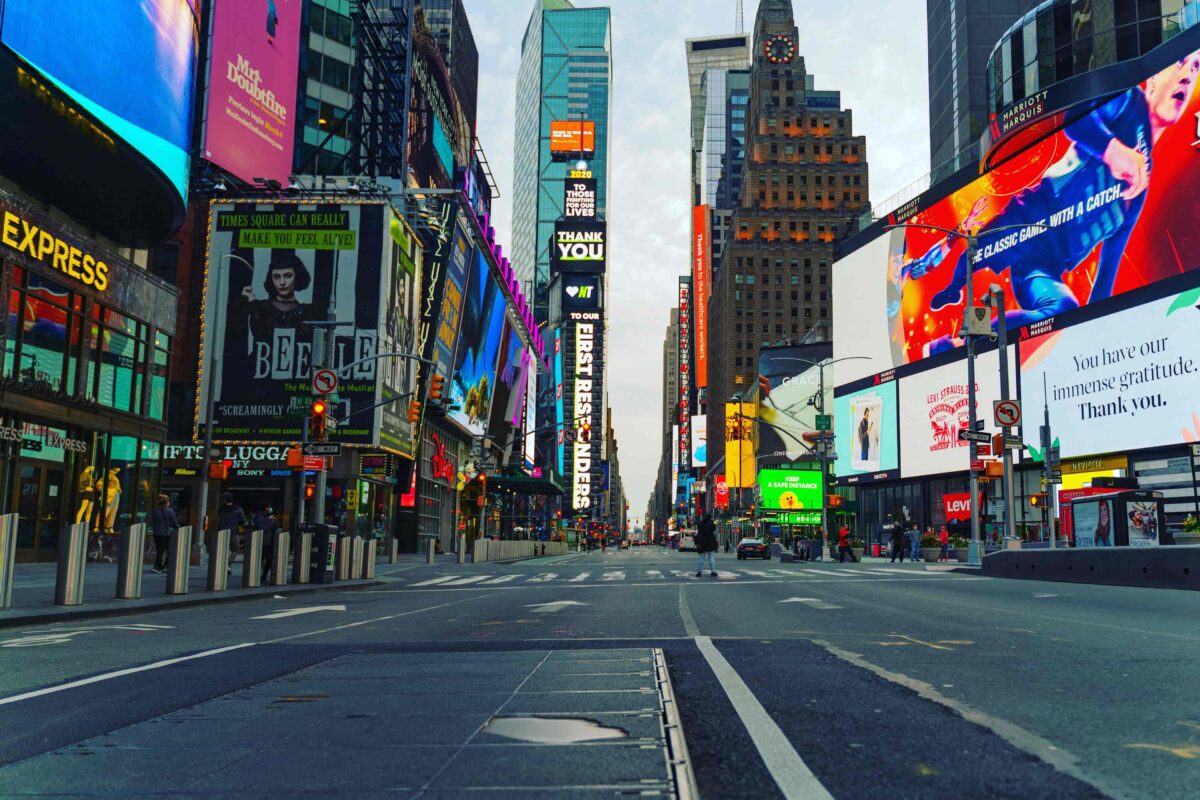
More than the average consumer, Brand-Faithfuls may draw feelings of personal efficacy from trusted brand relationships. They are especially eager to hear positive, empathetic messaging in a time of crisis.
Vital signs
Whether or not we follow brands on social media, we are all rooting for the future of brands we care about and considering what it might mean if they were lost forever from our lives. While viewed as stabilizing institutions, brands are also recognized by consumers as vulnerable themselves, prompting consumers to want to hear signals from them that they are optimistic about their own survival as well as ours.
Keeping the faith with existing customers doesn’t necessarily preclude attracting new ones. Consumers are having to adapt and seek out new avenues of access, new alternatives. In categories where multiple relationships are feasible, consumers are better served by broadening their field of options, not narrowing them. The flip side of that scenario is, of course, risk of defection. Brands need to defend their relationships by continuing to connect and reinforce their indispensability on a personal level.
So what should effective brands be doing to help consumers keep faith in this time of crisis?
As many companies consider whether to “go dark” now, it will be important to assess the tradeoffs of withdrawing from visibility and stay mindful of what resilience looks and sounds like to consumers across the cultural landscape – even if it feels a bit like whistling in the dark.
- First, be there. Communicate often and well. The themes that play best are care, concern, empathy, and responsibility. Seem, and truly be, responsible to your community of customers and employees. You can feature your storied brand history if you have one, but there is literally no time like the present. Be in it, be realistic, but be optimistic about the future. Whatever you do, don’t stop signaling.
- Help your customers cope. Valuable forms of support can be both literal and gestural. Consumers are expressing appreciation for rebates and service accommodations, of course ‒ but they are also struck by small things that seem big- hearted. In our survey, calls or messages simply expressing appreciation for payment were flagged as the sort of endearing gesture that raised companies in customer esteem.
- Integrate safe behaviors in all your communications. In the absence of clear guidelines, consumers are actually looking to companies for rules of the road as they think about whether and how to leave their homes to resume patterns of “live” consumption. Ads have always been vectors of subliminal social cues about how to behave. This is a time to stockpile feelings of trust in the integrity of private enterprise as well as particular brands.
- Take the opportunity to be real. Consumers like seeing your employees and your CEO. We are all improvising now; all of us learning as we go. There’s nothing wrong with polish but dropping the drape to show your backstage is the sort of informality that creates a deep human connection at a time when we’ve been the missing the chance to hug people we love.
- Define brand participation as community. That means encouraging your customers to see themselves as connected to one another and fostering that sense of affiliation. This is one reason that demonstration of care for employees has been a significant motivator for consumers and has helped to remediate some of the industry’s damaged reputations (like Walmart). It’s important to leverage local thinking where you can. Large corporations should project the brawn of big business but also let consumers hear the beating heart of the local community in their advertising.
Where we go from here
Normalcy is not a point in time for us now but a process of redefinition. Reality will have a half-life of just weeks and months, as we work to re-establish norms. To keep signaling in relevant ways, brands will need both creativity and sensitivity. As NAXION continues to monitor consumers and their resilience over the coming months, we’ll be looking with particular interest at the Brand-Faithful consumers for signals to guide industry communications. We’ll aim to understand what’s working, and we’ll observe the evolving nature of brand faith in different industries as we progress through various phases of new-normal, steadied by all our institutions, including our brands.




1 comment
Extraordinario análisis. gracias por compartir.